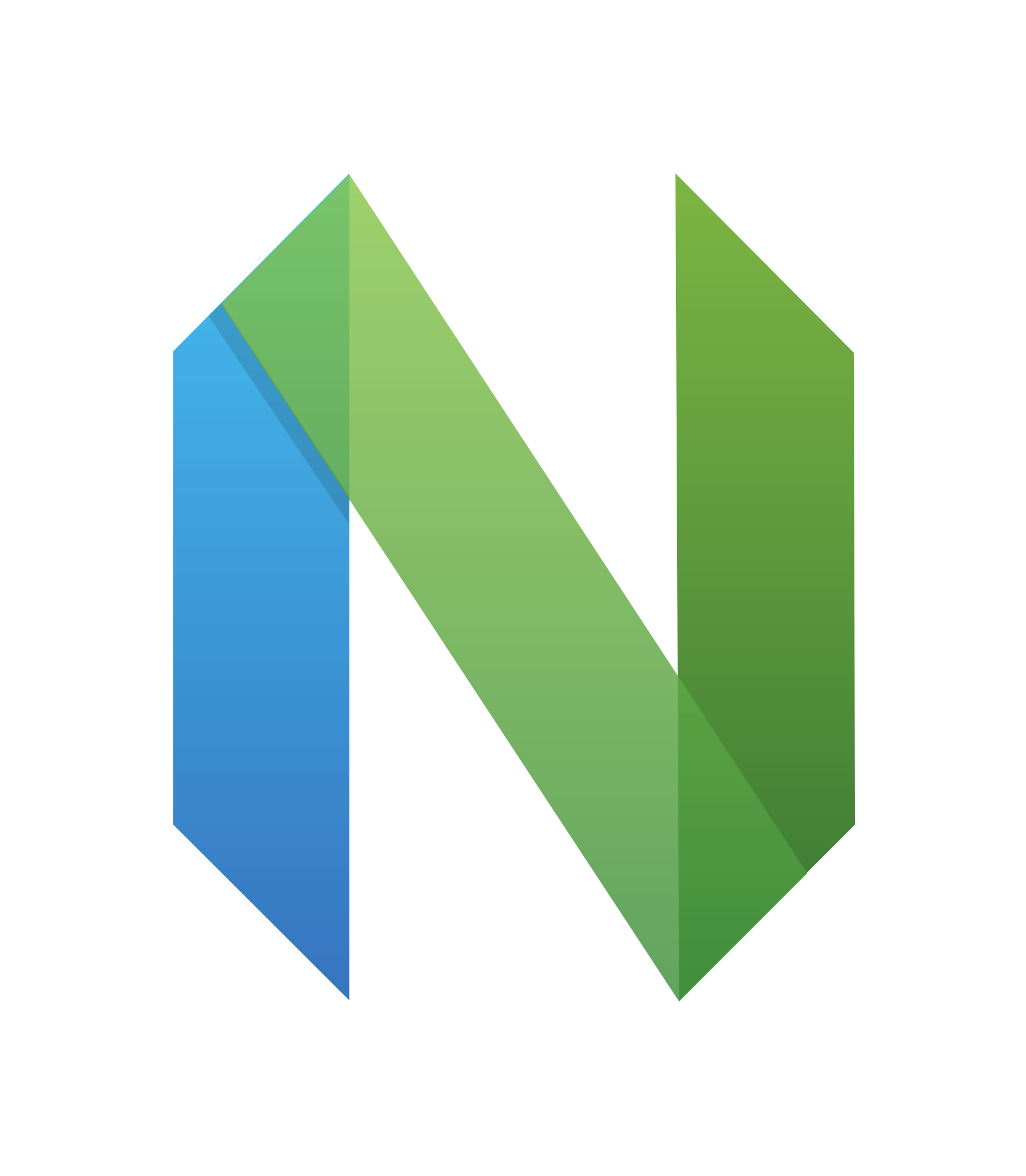

I’ve done that too, and it’s not the same IMO. Ansible doesn’t put entries in the boot loader for older system states you can boot into in case you break something. It’s possible that Ansible configurations aren’t idempotent. The exact versions of packages that get installed can’t easily be managed with Ansible if you’re also regularly updating packages. There’s lots of stuff that is much easier to configure with NixOS and Home Manager. I found my Ansible configs were always out of date, which doesn’t happen with NixOS where editing the config file is how you make any system changes.









They set a high bar with the first two seasons.
I felt like there were highlights in season 3. But it also felt uneven. The episodes I liked felt good, but not great. The first two seasons had great episodes.
There was also a distinct lack of social commentary, which I feel is important in Star Trek. The best we got was Terrarium. Definitely a fun episode, but it’s core is a trope we’ve seen a number of times. What Is Starfleet looked like it was thinking about commenting on something, but frantically pulled the ripcord partway through, and went in a direction I wasn’t comfortable with. (Which is too bad because I thought the directing in that episode was very cool.) There’s nothing on the level of Ad Astra Per Aspera. Instead we got 5 episodes of mortal struggle vs unreasoning monsters.
the list of unreasoning monsters
Gorn, plant zombies, the “pure evil” on Vadia IX, the ship-eating ship